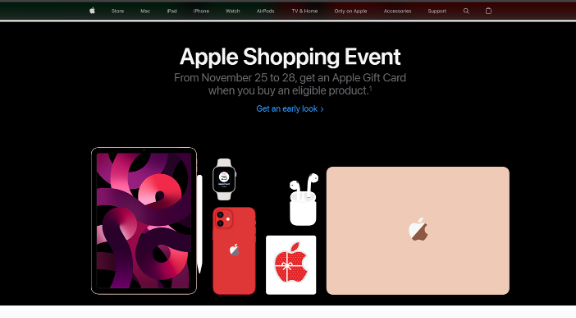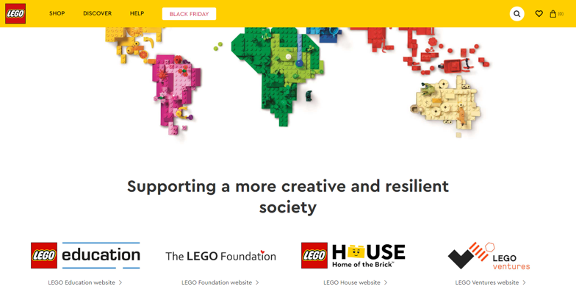It's not enough to sell great products today, consumers have more choices and options, and it's easier than ever to switch to another product or brand. Brands must find a way to stand out and create a lasting experience that makes customers want to buy from them and be loyal to them. Brands need to create a great brand experience.
A brand experience is a combination of sensory and tangible experiences a brand employs to create a lasting positive impression with target customers. Brand experience is subjective, so creating a brand experience that will work for everyone is impossible. Instead, the goal is to create an experience that speaks to the majority of target customers, creating positive feelings and building trust and loyalty.
According to a Forrester Consulting study, only 39% of decision-making business leaders say their brand resonates with their prospects – this is where a brand experience strategy can help.
Elements of Brand Experience
Brand experience is sometimes confused with experiential marketing or user experience. However, they are not the same things. User experience is one part of a brand experience. It also includes customer experience and brand identity.
On the other hand, experiential marketing is a specific marketing strategy designed to create high-touch experiences to engage and convert customers. Experiential marketing relates to a channel or campaign, whereas brand experience is
There are many elements of brand experience to consider, including:
- The brand's visual identity and tone of voice. This includes the website, mobile application, advertising, store signage, and social media accounts.
- Other sensory elements, such as smell, sounds, and overall ambiance for the in-store experience.
- Participation in corporate and community events.
- Brand values that demonstrate what the brand stands for and believes in and the role the customer plays.
- How customers are treated during a sales or support call or by sales associates in-store.
- Promotions, such as discounts, rewards, and rebates that reward customer loyalty.
- Loyalty programs that make customers feel appreciated and listened to and enable them to share their views on the brand and its products and services.
Benefits of Brand Experience
Brand experience is important because it aims to involve the customer in the brand story, making it their story as well. By bringing the customer into the overall experience, a brand can create empathy and encourage real conversations that impact how the brand communicates, what it builds, and how it engages with customers in the future.
A positive brand experience works for existing customers, engages new customers, and helps the brand stand out from its competitors.
A brand experience is not a one-time strategy. As times change, the brand experience must also evolve and stay relevant.
Examples of Brand Experience
Many companies offer a great brand experience.
Apple
Apple has designed a brand experience that centers around lifestyle and creativity. It encourages people to live their dreams and offers technology to help them do that.
But it also understands the value of rewards and promotions. In the example below, Apple is offering a gift card with the purchase of an Apple product.

Lego
Lego has created a brand experience about creativity, imagination, and fun but also about building a better world for our children. It has evolved from creating lego products to creating experiences such as Lego World, inspirational movies, and TV shows that allow adults to express their creativity.

Dove
Where most beauty brands focused on the benefits of their products to make women more appealing, Dove took a different route and created a brand experience that sees every woman as beautiful just the way they are. They focused their stories and advertising on real women, something many beauty brands have started to emulate because it resonates with consumers.


